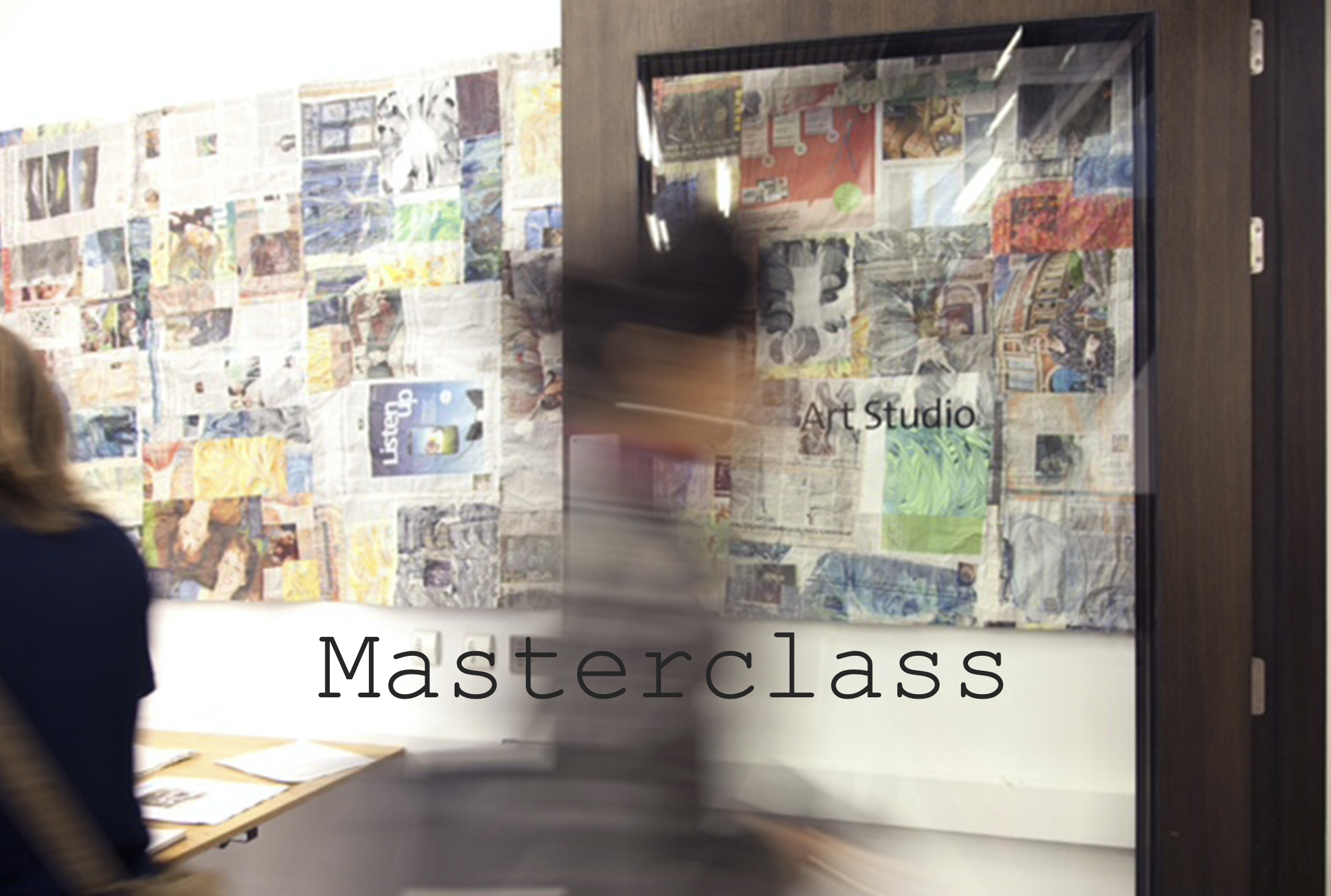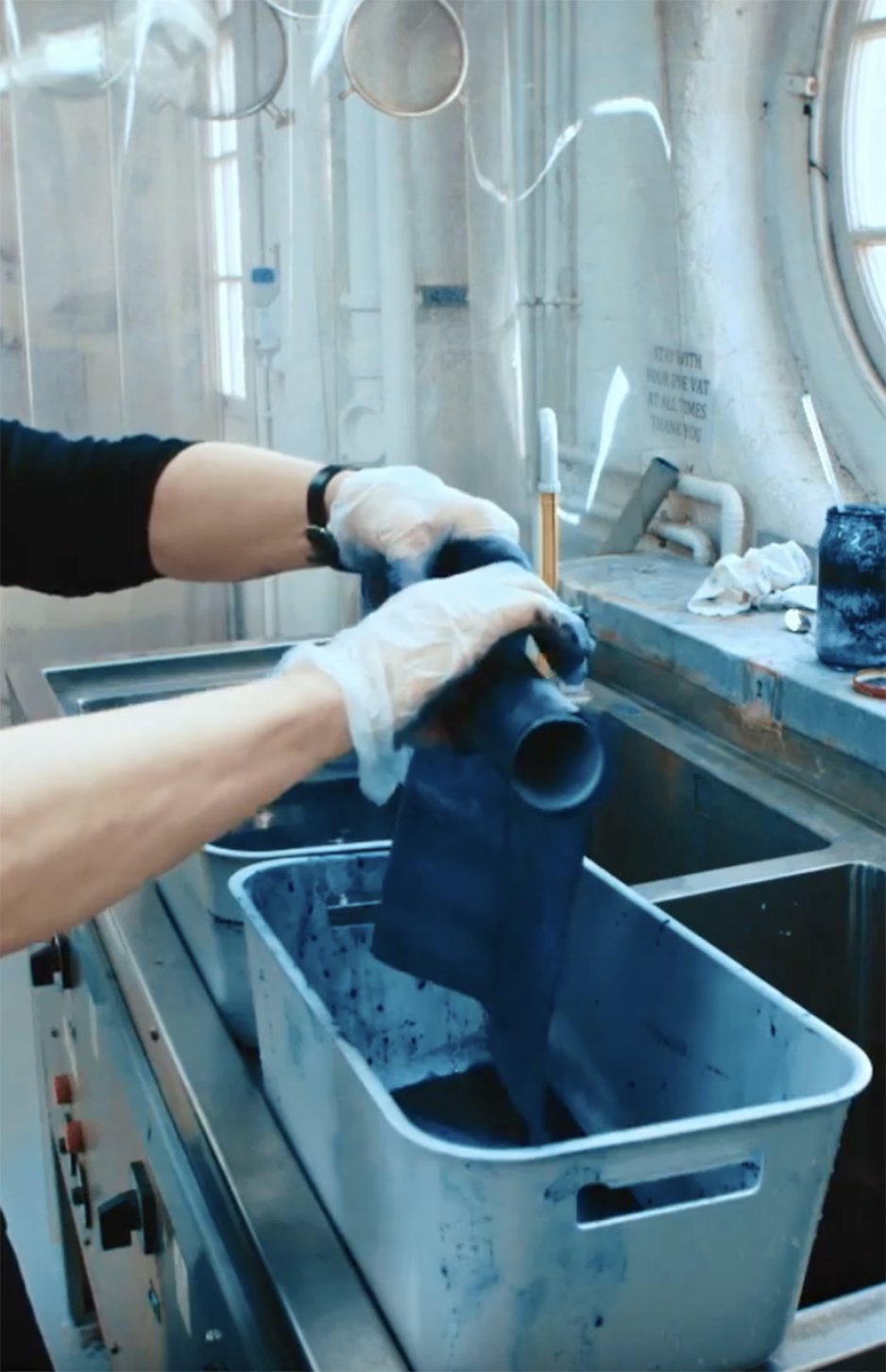
Services
How to work with us



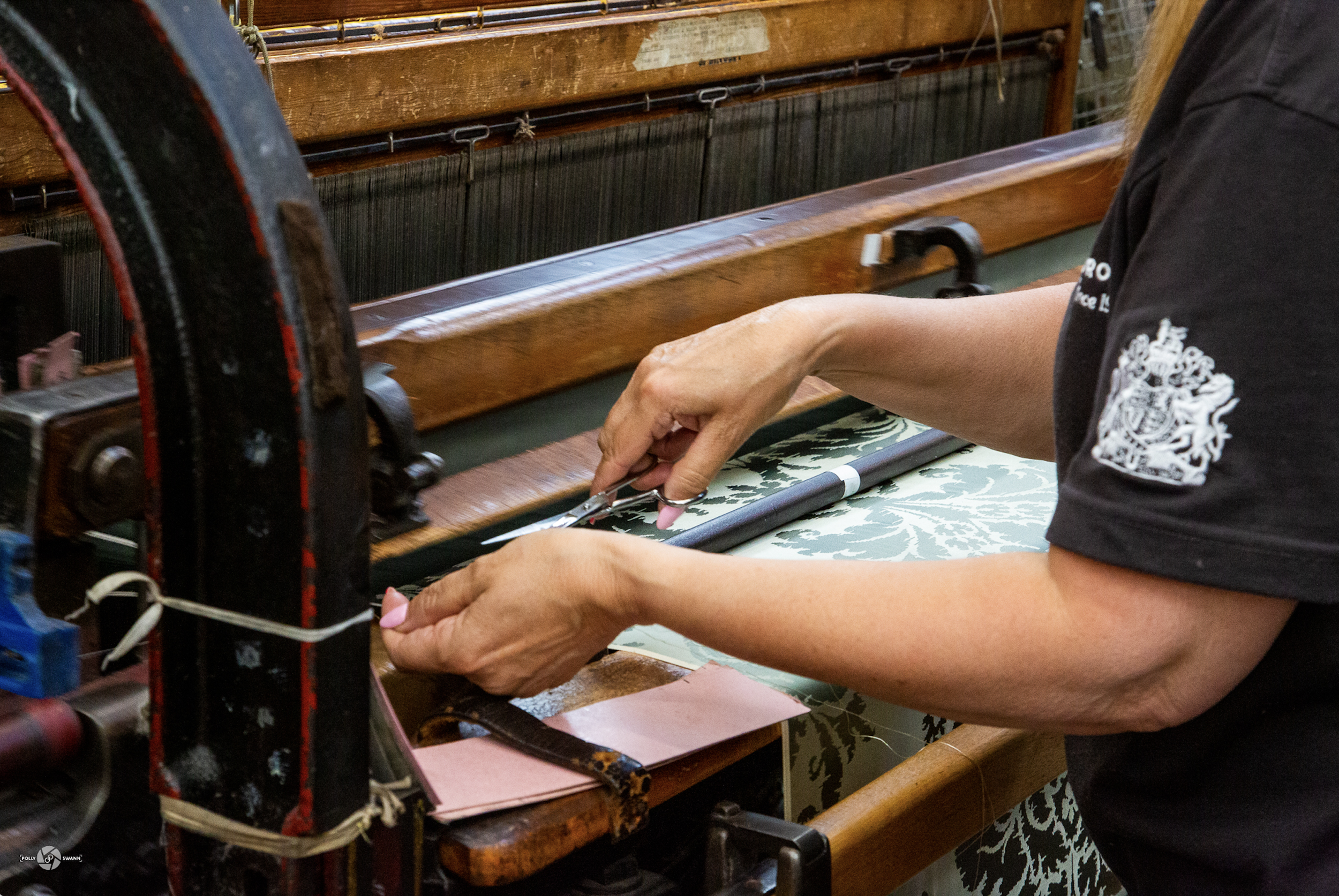


Consultancy
We work with clients to develop bespoke sustainable natural colour solutions suitable for fashion or interiors.
Our colour consulation will give you the opportunity to sample a range of options best suited to your needs.
We work closely with you throughout the process to ensure that the final product meets their expectations and is of the highest quality.
To enquire about consultation, please contact us directly and we can set up an introductory meeting.
Below are images showcasing a client project with couture designer Deborah Milner. All images Copyright Deborah Milner.
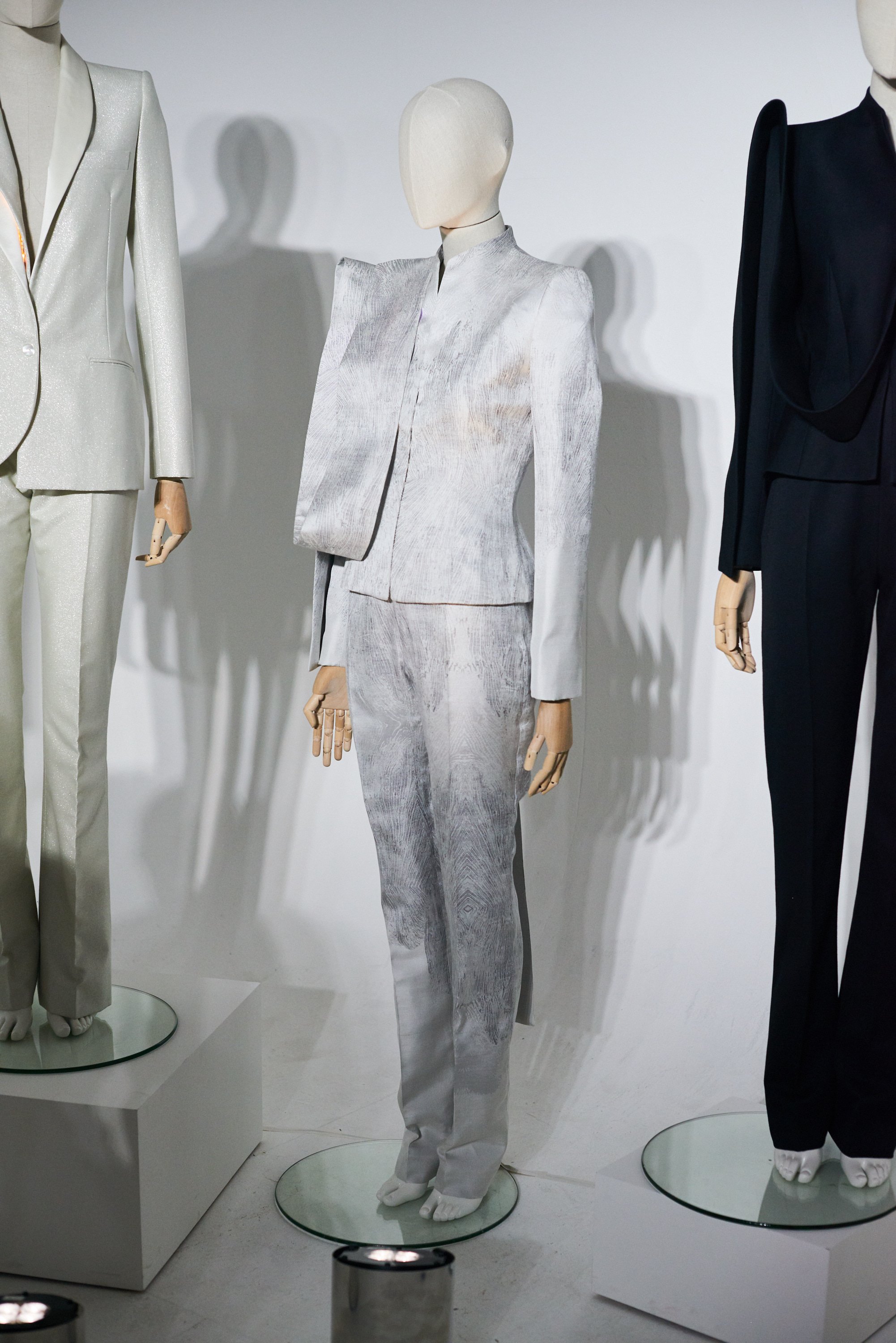
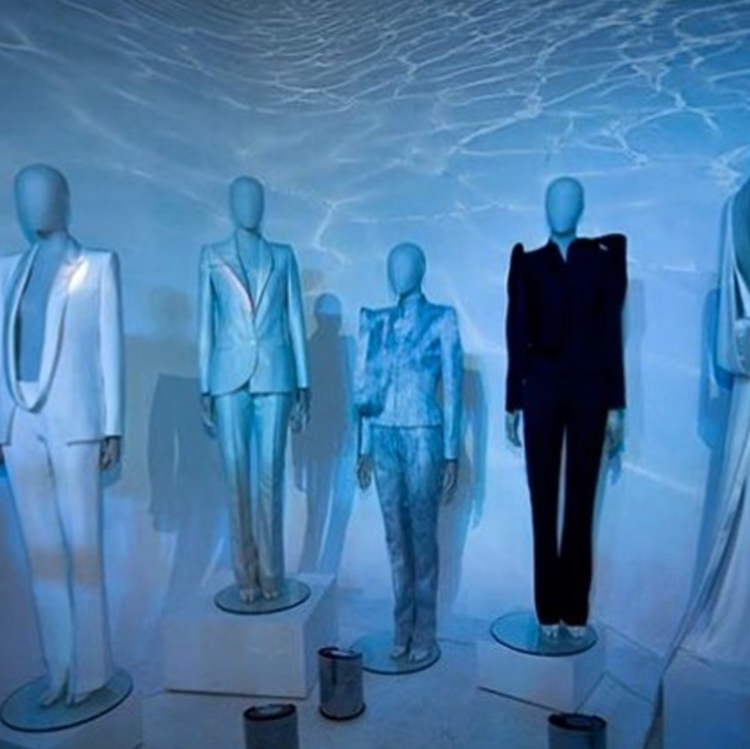

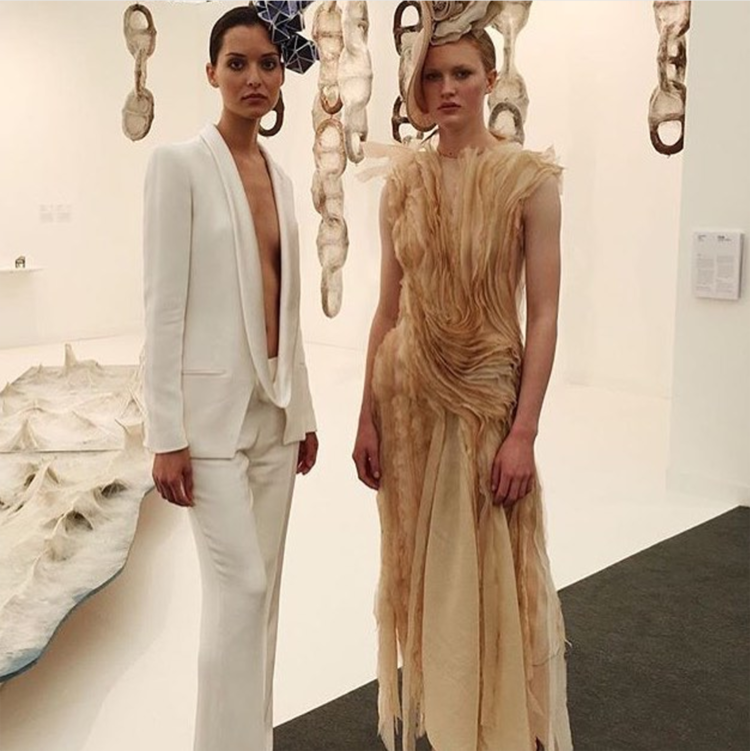
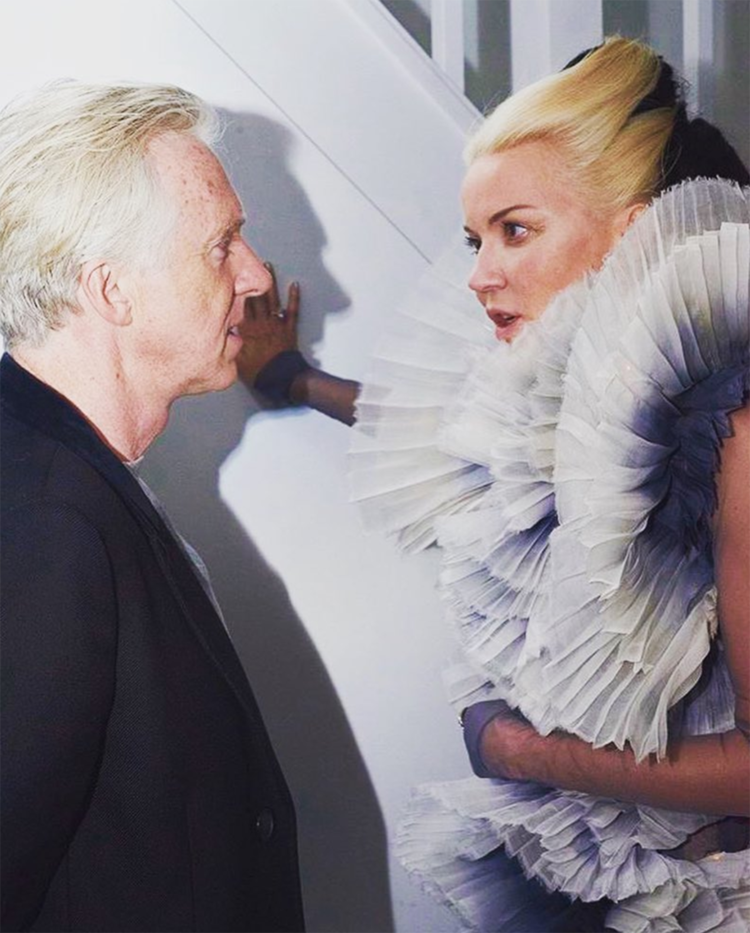
Collaboration
ao textiles is committed to actively participating in initiatives that centre colour and help drive the adoption of sustainable dyeing practices.
We are actively looking to collaborate with organisations and individuals in design, production and academia.
If you have content, events, or projects that you would like to discuss with us, please contact us.





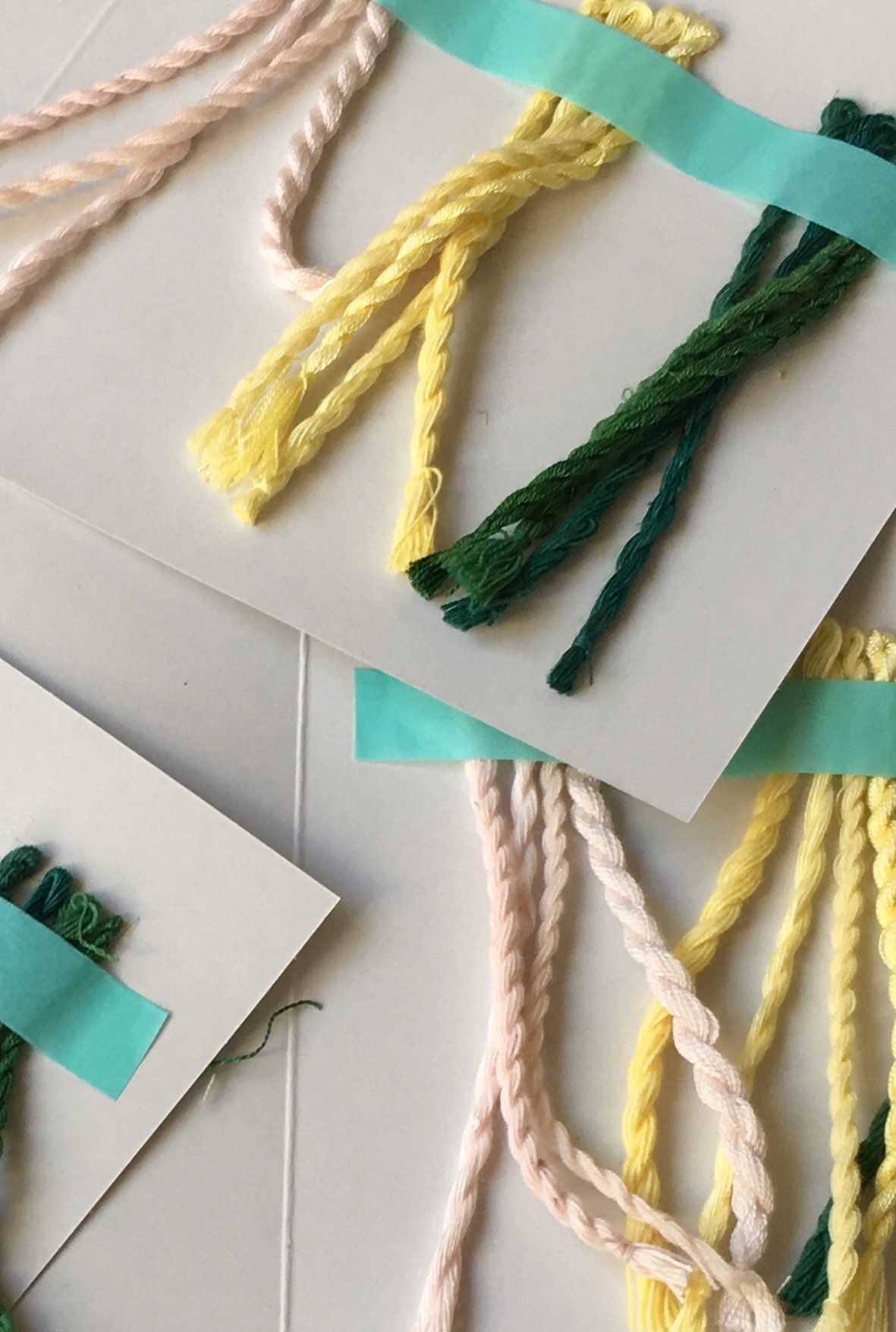
Masterclass
ao textiles believes in sharing knowledge and can be booked for a masterclass workshop exploring how to create colour using natural dyes and associated textile surface techniques.
Our previous clients include the V&A, Hauser and Wirth, and UAL, Chelsea School of Art.
Please contact us about if you are interested in booking us for a masterclass.


